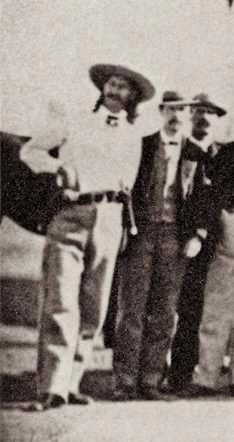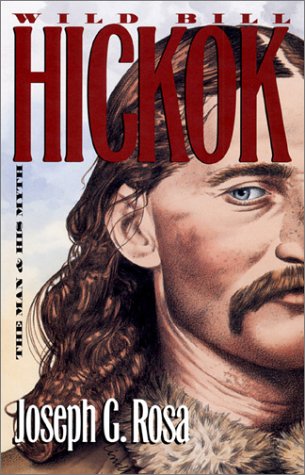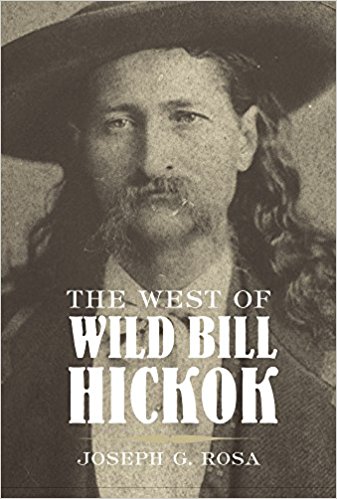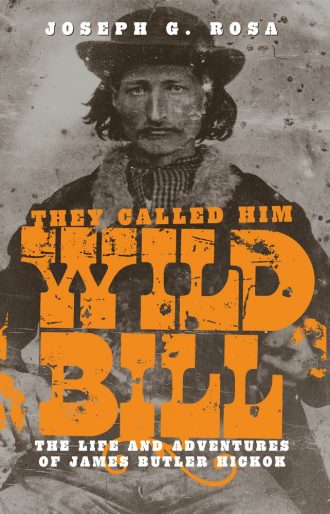Between Wyatt Earp and Wild Bill it’s tough to say who was the most prominent gun-carrying lawman of the old west. One distinction between the two men is that Wyatt didn’t become the legendary character among his peers that Wild bill had become during his own lifetime. He was certainly known and had a reputation (the degrees of which can be saved for another, more complete discussion another time), but he was never the praised folk hero that Hickok was. And while Wyatt has become the more popular cultural figure of recent generations, there is no doubt that Wild Bill was the preeminent gunman of his time.
Having started his career primarily as a scout for the US Army, he earned a reputation for fearlessness and proficiency. Some stories are unverifiable, such as the incident where he allegedly took on a wild bear (though he did suffer an unknown attack that had him convalescing in a near death state), and others are well documented like his impressive shot across the courtyard that took down the antagonistic Davis Tutt.
Regardless of which stories are true and which are not, he was a striking and commanding figure; many people have noted as such in their various journals and recollections. Helpful to his branding was the friendship he had with Buffalo Bill. There’s something about the bonds of battle between two men that increases the interest and sympathies. To wit, Wyatt and Doc, Bat and Luke Short, Butch and Sundance; there’s just something about two legends who are bound together, even if the legend may be stretched a bit from the reality.
Avoiding a full biography on the man, it can summarily be said that he was foremost among his peers, and the embodiment of the quintessential frontier lawman. Even Wyatt Earp, according to Stuart Lake, claimed to have learned early valuable lessons from Wild Bill while a young man in Kansas City.






